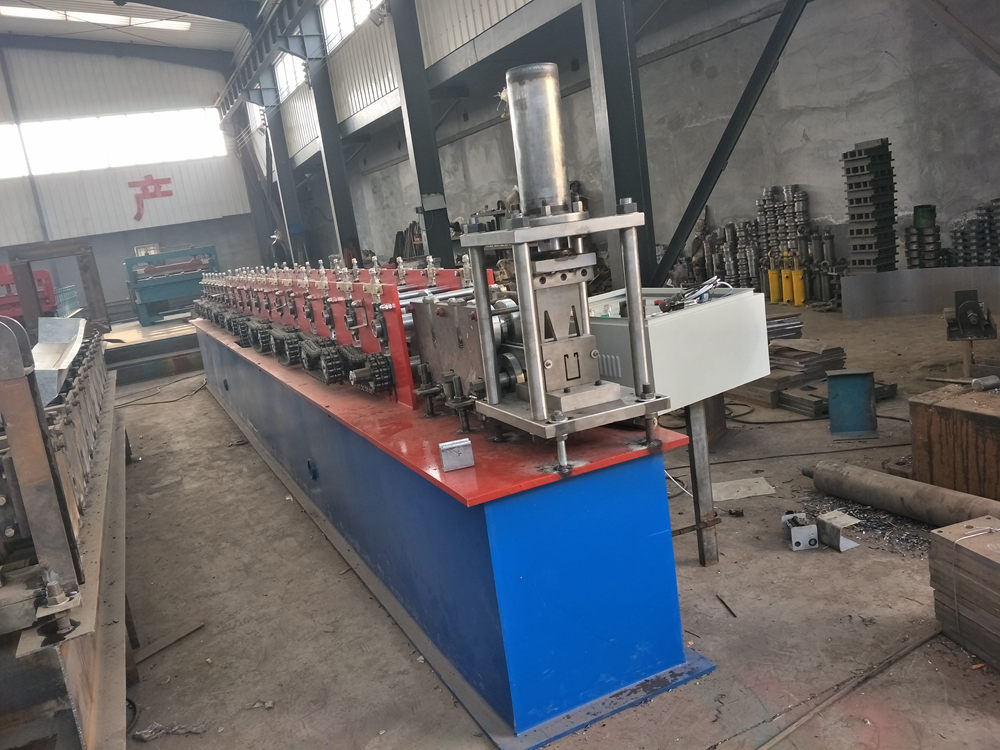
Understanding the Roll Forming Process A Focus on Stud Roll Forming Machines
Roll forming is a highly efficient manufacturing process that involves the continuous bending of metal strips into desired shapes. One of the specialized applications of this process is the production of stud profiles, which are primarily used in the construction industry for creating framing systems. Stud roll forming machines play a crucial role in this process, enabling manufacturers to create high-quality, precise components that meet the demanding requirements of modern architecture.
A stud roll forming machine typically consists of several key components, including a decoiler, roll forming stations, a cut-off system, and a control system. The process begins with a coil of raw material—usually galvanized steel or another suitable metal—being unwound by the decoiler. The flattened strip then feeds into the roll forming stations, where a series of rollers gradually shape it into the desired stud profile. Each roller is specifically designed to influence the metal in such a way that it gradually transforms into the target shape without any cutting or welding required.
The design of stud profiles can vary widely based on their end-use. Common shapes include C-studs and U-studs, which are integral to the construction of walls, ceilings, and other structural elements. The versatility of roll forming allows manufacturers to produce customized profiles tailored to specific construction projects. Additionally, the precision of the roll forming process ensures that each stud is uniform, which is vital for simplifying assembly during the construction phase.

One of the most significant advantages of using stud roll forming machines is their high production efficiency
. Once the machine is set up for a specific profile, it can produce thousands of studs per hour, significantly reducing labor costs and production time compared to traditional methods like cutting and welding. This efficiency makes roll forming an attractive option for producers who need to meet high volume demands while maintaining quality.Moreover, modern stud roll forming machines are equipped with advanced technology that enhances their functionality. Features such as programmable logic controllers (PLCs) allow operators to adjust the forming parameters digitally, ensuring greater accuracy and consistency in the production process. Some machines also incorporate integrated inspection systems that monitor the quality of the studs in real-time, helping to detect any defects early in the production cycle. This level of automation not only improves productivity but also reduces material waste and enhances overall product reliability.
The environmental impact of roll forming processes is also worth noting. The manufacturing of metal components often generates significant waste; however, the efficiency of roll forming minimizes scrap material due to its continuous production method. Additionally, materials used are often recyclable, contributing to more sustainable construction practices.
In summary, stud roll forming machines are essential tools in the modern construction industry, facilitating the efficient production of key structural components. Their high speed, precision, and adaptability allow manufacturers to meet diverse construction needs while minimizing waste and costs. As the demand for efficient and sustainable building practices continues to rise, the importance of advanced roll forming technology will likely grow, further solidifying its role in the industry.